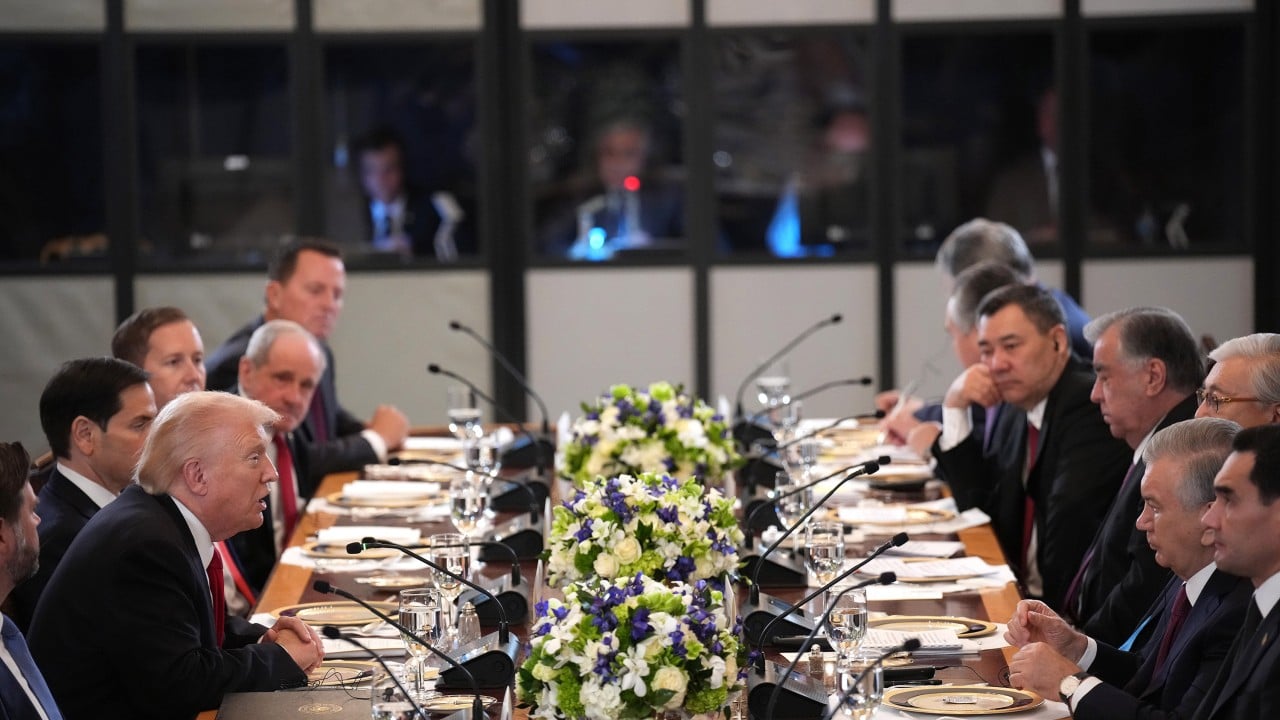As a result of Russia’s war in Ukraine, Moscow has lost much of its influence in Central Asia. In the coming months and years, the United States is expected to expand its presence in this strategically important region. But given that China has developed close economic ties with regional actors, how does Beijing view Washington’s ambitions?
Advertisement
Coincidentally or not, on November 6, the US and China both held important meetings with Central Asia. In Washington, US President Donald Trump hosted the presidents of Kazakhstan, Kyrgyzstan, Uzbekistan, Tajikistan and Turkmenistan, while in Urumqi, officials joined the 12th China-Central Asia Cooperation Forum.
Although Western media paid more attention to the White House summit, the forum in Xinjiang’s capital showed that Beijing does not intend to back down amid growing US engagement with Central Asia. Following the Urumqi event, the China-Central Asia Construction 2025 Ministerial Conference was held in Beijing, suggesting the Chinese leadership is unlikely to abandon its plans to continue building roads, bridges and railways in Eurasia.
Over the years, China has grown its presence through its Belt and Road Initiative, positioning itself as Central Asia’s top trading partner and major investment source. Beijing will almost certainly not sit idly by as Trump seeks to pull the region’s countries into Washington’s zone of influence.
Although the meetings in Urumqi and Beijing were undoubtedly prepared in advance, their timing sent a clear signal that China is closely watching the US’ moves and intends to assert its role as a key power in Central Asia.
Advertisement
The region’s energy resources are just as important to Beijing as to Washington. Unwilling to become dependent on a single supplier – Russia – China is actively seeking to diversify its energy imports. In this process, the oil- and gas-rich countries of Kazakhstan and Turkmenistan are expected to play an important part in shaping Beijing’s energy strategy.


